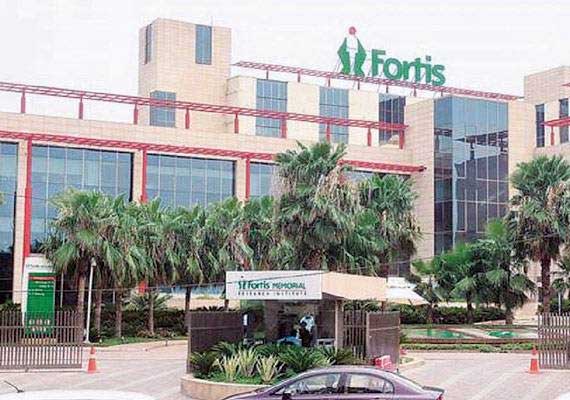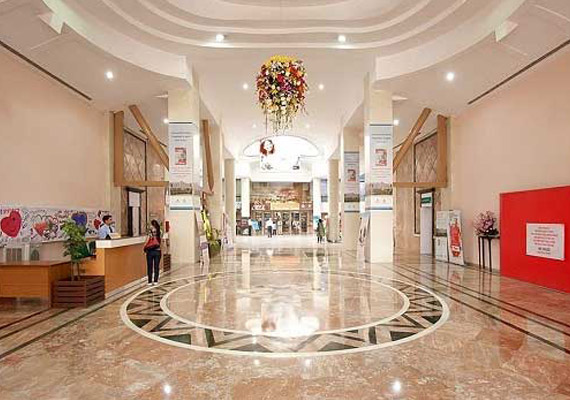Fontan Procedure Treatment in India
treatment
starting from
In the realm of modern medicine, significant strides have been made in the treatment of congenital heart defects (CHDs), offering hope to countless children and adults born with these conditions. One remarkable surgical technique that has revolutionized the management of complex CHDs is the Fontan procedure. Named after its creator, Dr. Francis Fontan, this innovative surgery has proven to be a lifeline for those with certain types of congenital heart conditions.
Understanding Congenital Heart Defects
Before delving into the Fontan procedure, it is crucial to grasp the nature of congenital heart defects. CHDs are structural abnormalities present at birth, affecting the heart's valves, walls, or blood vessels. These defects can disrupt the normal flow of blood through the heart, leading to various complications. While some CHDs are minor and may not necessitate intervention, others are life-threatening and require immediate medical attention.
The Need for Fontan Procedure
The Fontan procedure primarily addresses CHDs that involve the single ventricle physiology. Normally, the heart has two ventricles, the right ventricle and the left ventricle, which work together to pump oxygenated and deoxygenated blood throughout the body. However, in certain complex CHDs, a child may be born with just one functional ventricle. This condition poses a significant challenge, as the heart cannot effectively pump blood through both the pulmonary and systemic circulation.
The Fontan procedure aims to redirect the blood flow, allowing the single ventricle to support the systemic circulation while bypassing the lungs. In essence, it creates a pathway for deoxygenated blood to reach the lungs without passing through the heart, which then returns oxygenated blood to the heart to be pumped to the rest of the body. The Fontan procedure is often performed after a series of other surgical interventions to optimize the heart's function and improve the patient's quality of life.
The Surgical Process
The Fontan procedure is a complex surgery that requires a multidisciplinary team of highly skilled cardiac surgeons, cardiologists, and medical professionals. The procedure can vary depending on the specific anatomical features and needs of the individual patient, but the general steps include:
1. Preparation: The patient undergoes a comprehensive preoperative evaluation, including imaging tests and other assessments, to determine the suitability for the Fontan procedure.
2. Anesthesia: General anesthesia is administered to ensure the patient remains unconscious and pain-free throughout the surgery.
3. Creation of Bypass: Surgeons create a connection, typically using a graft or conduit, between the inferior vena cava (IVC) and the pulmonary artery, bypassing the right atrium and right ventricle. This allows deoxygenated blood from the body to flow directly to the lungs.
4. Completion of Fontan Connection: The final step involves ensuring that the venous blood flow is directed accurately to the pulmonary artery, with no residual leaks or obstructions.
5. Recovery: Following the procedure, the patient is closely monitored in the intensive care unit (ICU) during the initial recovery phase.
Life After Fontan Procedure
While the Fontan procedure has undoubtedly transformed the lives of many patients with single ventricle physiology, it is essential to acknowledge that it is not a cure. Post-surgery, patients will require lifelong medical follow-up and management to monitor their cardiac function, address potential complications, and adjust treatment as needed.
Challenges and Complications
Despite its success, the Fontan procedure is not without challenges. Some patients may experience long-term complications, such as arrhythmias, heart failure, and issues related to the Fontan circulation. Additionally, there is a risk of developing plastic bronchitis, a rare but serious condition where abnormal lymphatic flow leads to airway obstruction.
Advancements and Future Directions
Over the years, medical advancements and research have continued to refine the Fontan procedure and improve patient outcomes. Newer surgical techniques, advancements in anesthesia and critical care, and innovative approaches to managing post-Fontan complications are continually being explored.
Furthermore, ongoing research into tissue engineering and regenerative medicine holds promise for developing novel treatments that could eventually address congenital heart defects in a more curative manner, reducing the need for complex surgical interventions like the Fontan procedure.
Conclusion
The Fontan procedure has unquestionably been a game-changer in the management of complex congenital heart defects, allowing individuals born with single ventricle physiology to lead better lives. However, it remains imperative for the medical community to continue its efforts in refining surgical techniques, understanding long-term outcomes, and exploring alternative treatment modalities. Through continued research and collaborative efforts, we can offer hope to those affected by congenital heart defects and move closer to a future where such conditions can be effectively treated or prevented altogether.
How It Works
Need help in organizing medical travel to India?








